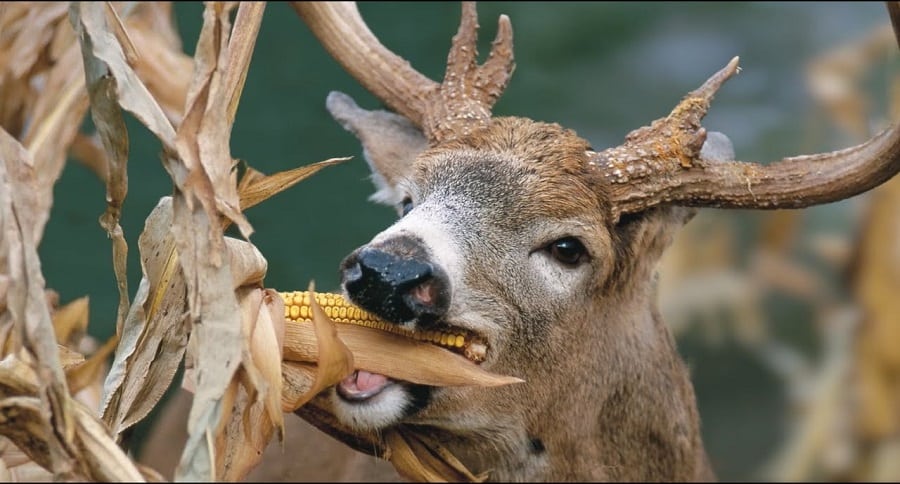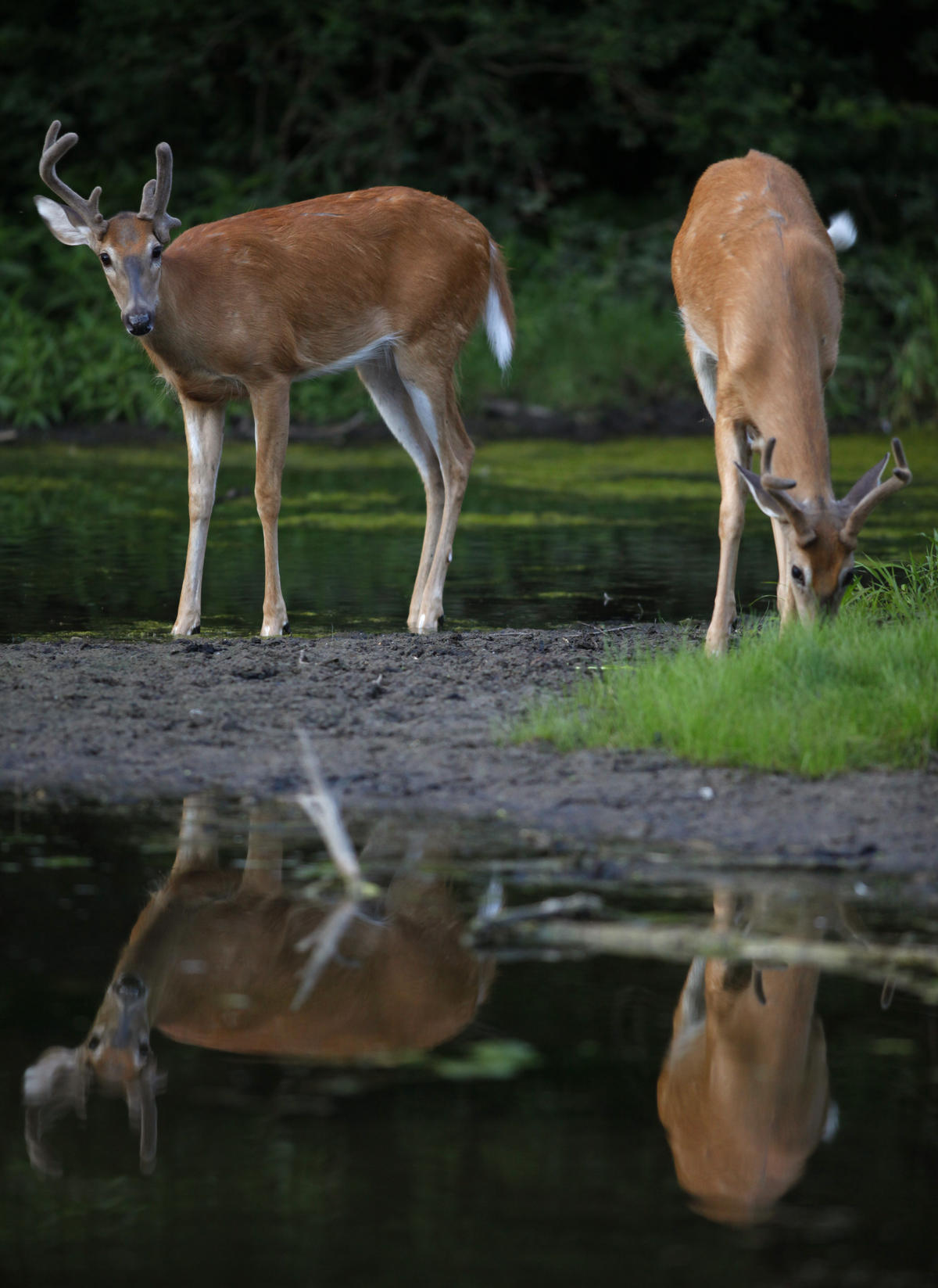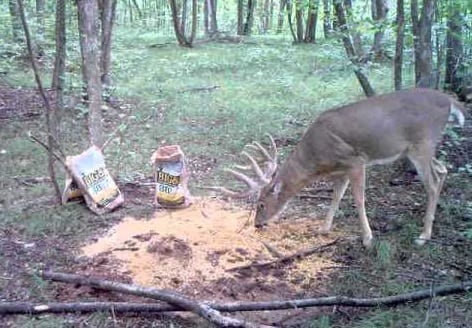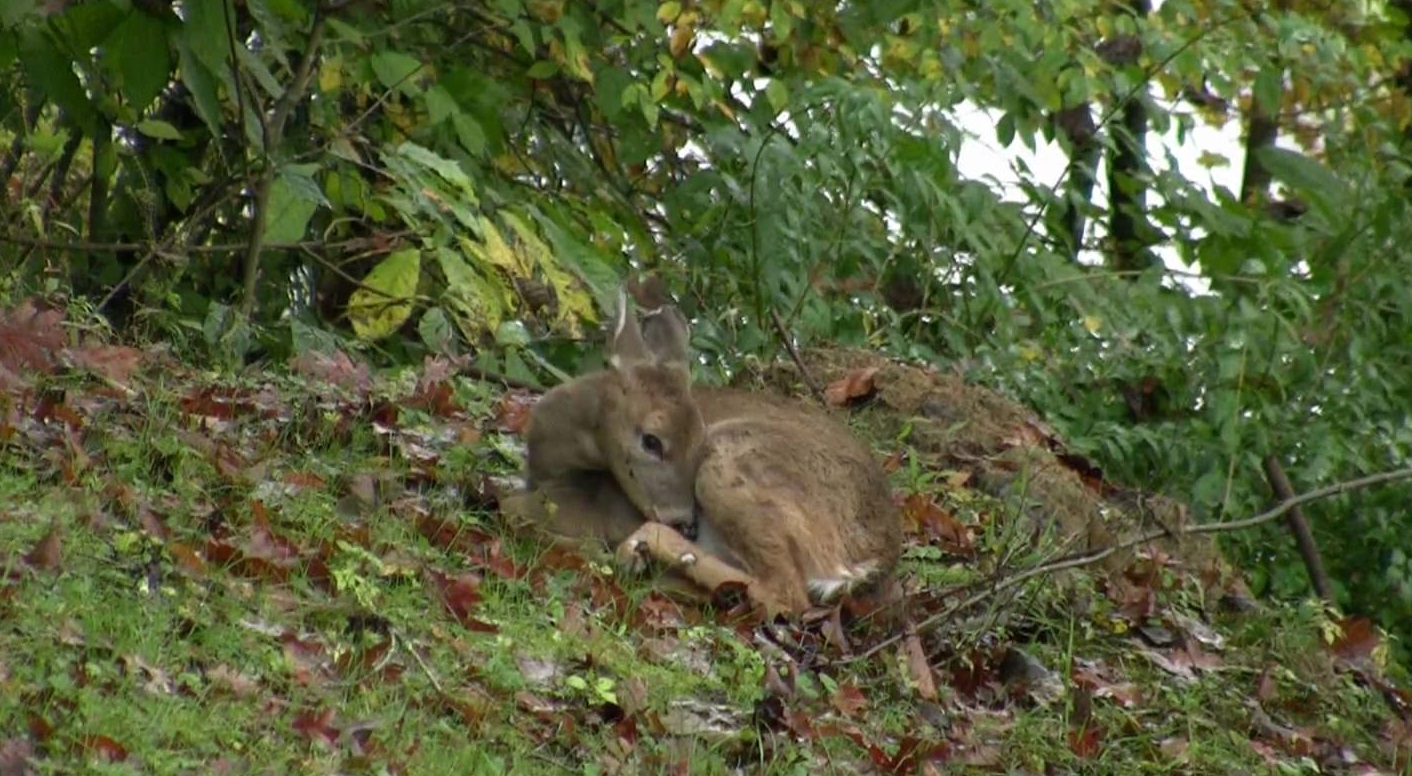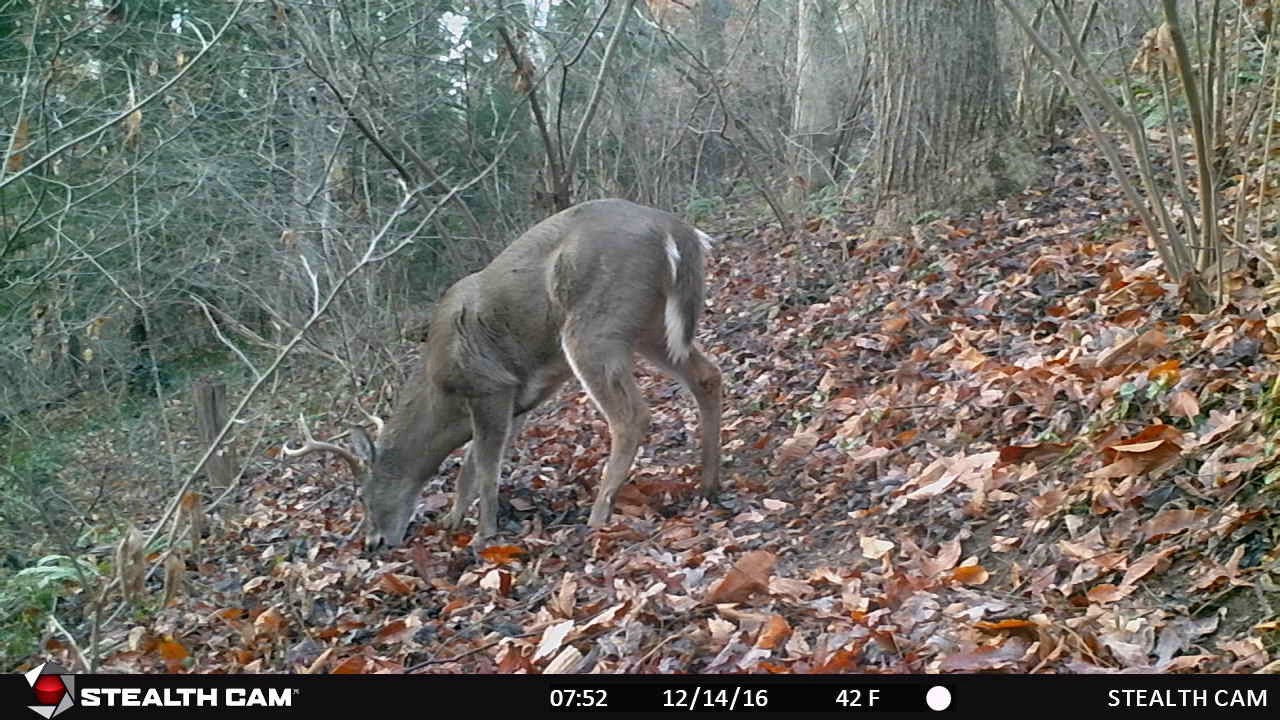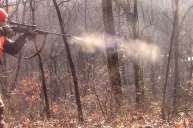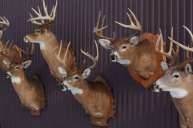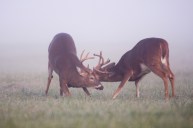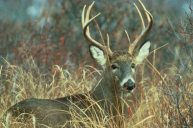Hunting season is starting to get close.
If you want to be successful, you should get an early start and perfect your strategy now. One of the most important elements to any hunting strategy is deciding where you're going to sit.
Here are four steps to help you read your hunting land and get your blind(s) in the right spot.
Where is the water?
No matter what game you're hunting, everything needs water. While deer may get some water from vegetation they eat, it isn't their only source. A river or even a small seep can be a real deer magnet. Set up a scouting camera early before the season and let it work.
Stake out the highly used areas that are out of sight during the season. Watering holes are too good to pass up, especially in the heat of the early season!
Where and what are the food sources?
Are farmland corn fields near your deer hunting land? Are other deer hunters on adjoining properties baiting? Are food plots part of your management plan? Be aware of what local deer are eating and where they usually go to do so.
Where are the bedding areas?
In the heat of the day this time of year, deer usually bed down. Find these areas by scouting, but make sure not to put too much pressure on them. They may use these areas well into the winter if not spooked.
What game trails are traveled most heavily and when?
Heavily traveled game trails will look like hoof-covered deer highways. The best way to determine when and where deer travel is by checking game cameras. Remember to avoid heavy activity in the area after you set up your hunting location. When the rut hits, trophy bucks will be using these trails to chase after does.
Do you like articles about the outdoors? Click here to view more articles by Eric Nestor. You can follow him @ericthewoodsman on Twitter, The Classic Woodsman on Facebook, and @theclassicwoodsman on Instagram. You can view more Nestor Photography photos at Nestor Photography.
NEXT: BIG-GAME RIFLE REVIEW: HENRY ARMS SINGLE-SHOT .45-70 RIFLE
WATCH
